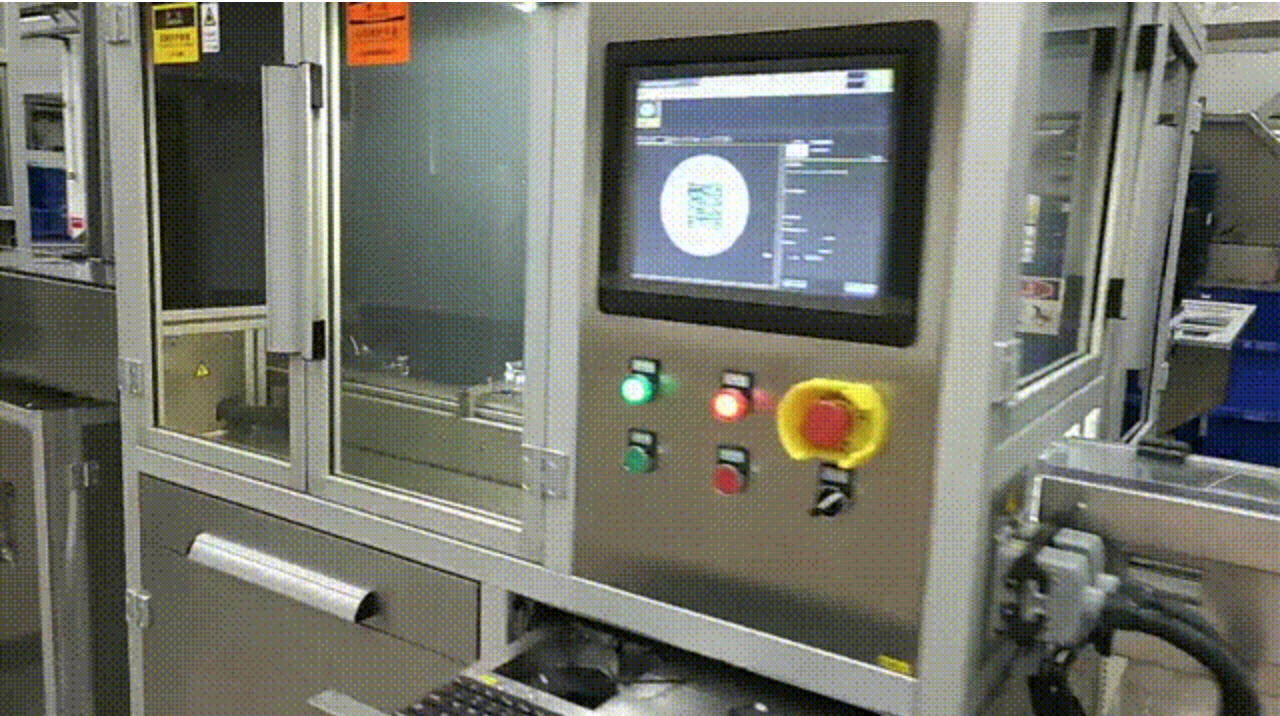How to reduce rework rate? Laser coding + visual inspection gives you the answer

Production not only pursues efficiency but also pays attention to quality. The openness and strong practical application capabilities of MRJ-laser laser equipment enable it, when paired with a high-precision galvanometer, to achieve a high efficiency of coding tens of thousands of products per hour. However, efficient coding alone is far from enough. , In sync with production efficiency, detection, and rejection efficiency must also be improved. In the application of laser inkjet printing, how do we achieve high efficiency, high quality, and low rework to "have the best of both worlds"? This is inseparable from the laser inkjet coding-detection system designed by MRJ-laser for users. The codes assigned to products in various industries are not just simple production dates but also include one-dimensional codes, two-dimensional codes, encryption masks, etc. They can be divided into internal codes and external codes according to different application functions. ...


